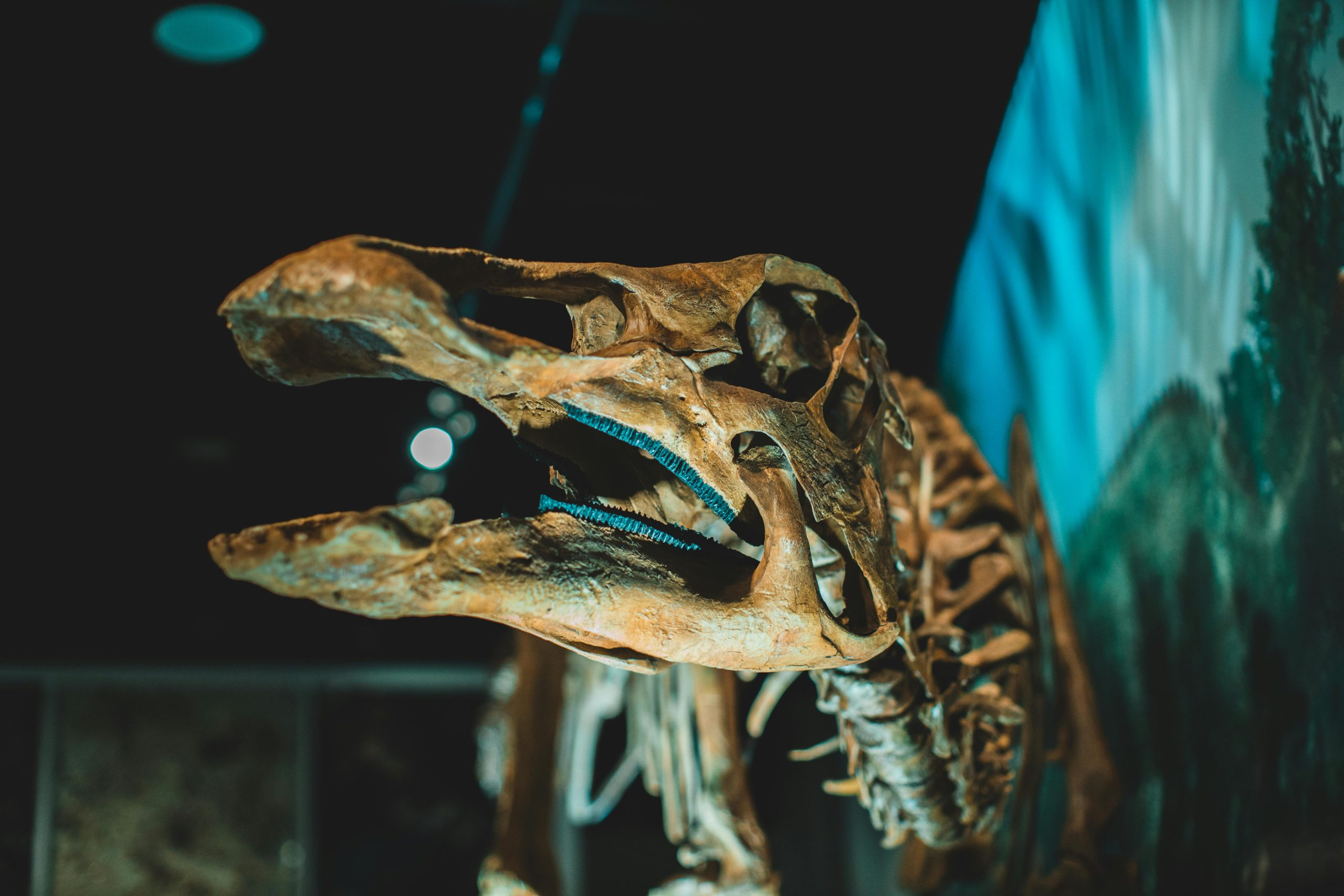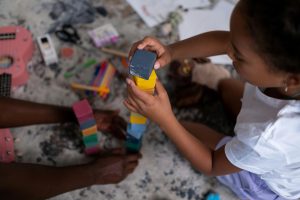Augmented Reality in History and Science Lessons
In recent years, the use of augmented reality (AR) technology has expanded beyond just gaming and entertainment. Educators and experts alike have recognized the potential of AR as a powerful tool for teaching and learning in various subject areas. In particular, AR has shown promising applications in history and science lessons, allowing students to interact with and engage with the content in a whole new way. In this article, we will explore how augmented reality is transforming the way we teach and learn about history and science.
The Emergence of Augmented Reality in Education
Augmented reality, in simple terms, is the integration of digital information into the user’s real-world environment. This means that AR technology adds virtual elements, such as images, videos, or animations, to the user’s view of the real world through a device, usually a smartphone or tablet. With the rise of mobile technology, AR has become more accessible and has gained popularity in various industries, including education.
AR has the ability to enhance the learning experience by providing interactive and immersive content. This technology allows students to visualize and interact with the subject matter in a way that was not possible before. By bringing abstract or distant concepts closer to reality, AR makes learning more engaging, memorable, and effective.
Augmented Reality in History Lessons
Bringing History to Life
History can often be seen as a boring and dry subject, but AR has the power to change that perception. By using AR, students can travel back in time and experience historical events and places in a more meaningful way. For example, students can use AR apps to see how ancient civilizations lived, explore historic buildings, or witness important events such as battles or speeches.
AR also allows students to interact with historical artifacts and objects in a 3D space. This not only makes learning more engaging but also improves students’ understanding and retention of the information. By bringing these objects to life, AR enables students to see the context and relevance of the historical items, making the learning experience more impactful.
Making History Personal
Another powerful use of AR in history lessons is the ability to personalize the learning experience for students. With AR, students can create their own virtual objects and artifacts to bring into the real world. This can be especially useful in teaching local history, where students can create AR experiences and stories that are relevant to their community. By making history personal, AR helps students develop a deeper connection to the subject matter and encourages them to take an active role in their learning.
Augmented Reality in Science Lessons
Visualizing Abstract Concepts
Many concepts in science, such as the solar system or human anatomy, can be difficult to understand without visual aids. Traditional teaching methods often rely on static images or diagrams, which can be limiting in conveying complex ideas. With AR, students can see and interact with these concepts in a more dynamic and interactive way. This not only makes learning more engaging but also improves students’ understanding and retention of the material.
Experiencing Science in a New Way
AR also has the potential to transform science experiments and demonstrations by making them more accessible and immersive. With AR, students can perform virtual experiments in a safe and controlled environment, eliminating the need for expensive equipment or materials. It also allows for more interactive and engaging demonstrations, enabling students to see and experience science in a way that was not possible before.
The Future of Augmented Reality in Education
As technology continues to advance, so does the potential of AR in education. The use of AR in history and science lessons is just the beginning, as this technology has the ability to enhance learning in other subjects as well. With AR, the possibilities are endless, and as more educators and students embrace this technology, we can expect to see a more interactive and immersive learning experience in the years to come.
In conclusion, augmented reality has the potential to revolutionize the way we teach and learn about history and science. By bringing abstract and distant concepts closer to reality, AR enhances the learning experience and allows for a more personalized and interactive approach to education. As we continue to explore the potential of AR in education, one thing is certain – it will continue to shape the future of education in exciting ways.






